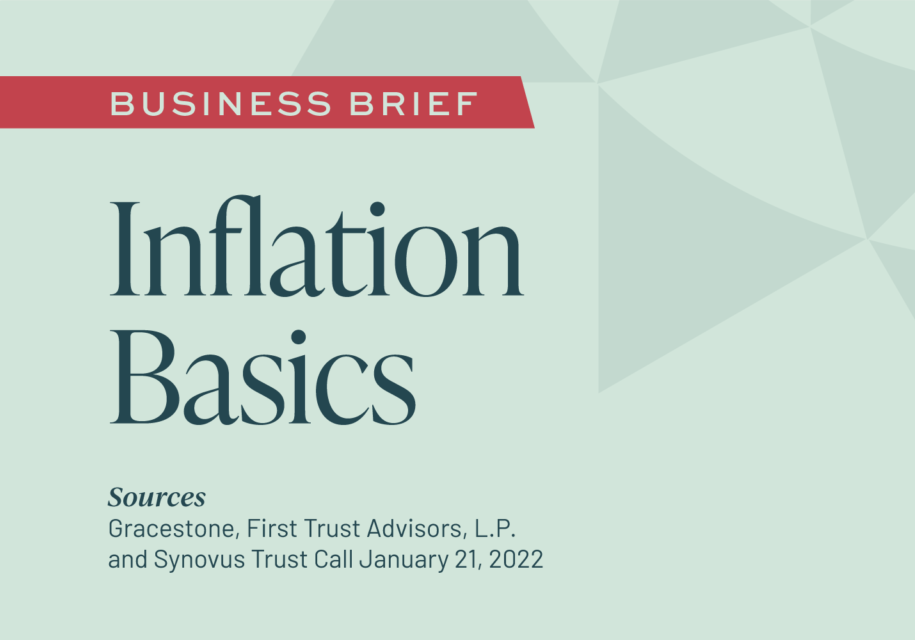
The transitory versus permanent debate is over. Inflation rose 6.8% in 2021, the largest increase since 1982. Three things to remember –
1. Inflation is too much money chasing too few goods. It is broad-based, as opposed to localized inflation caused by supply versus demand or product specific. You cannot have inflation without an increase in the money supply.
2. Inflation is a monetary phenomenon. It is caused by printing money.
Pay attention to the M2 measure of money supply, which is closely associated with small businesses and individuals. M2 includes currency and coins held by the non-bank public, checkable deposits, travelers’ checks, savings deposits, money market deposit accounts, deposits under $100k and shares in retail money market mutual funds.
The M2 supply of money increased 39% from February 2020 to January 2022. Causes included the Federal Reserve’s massive bond-buying program, lowered rate at discount window (lending to banks), lowered federal funds rate, and relaxed regulatory capital and liquidity buffers.
3. Increased government deficit spending exacerbates the problem by artificially creating demand. U.S. deficit spending hit $2.7T in 2021, following $3.13T in 2020 … almost $6T of deficit spending.
No semantics here – we expect inflation to be “persistent and pernicious” in 2022, even as the Federal Reserve begins to raise the federal funds rate.
Sources:
Gracestone, First Trust Advisors, L.P. and Synovus Trust Call January 21, 2022.